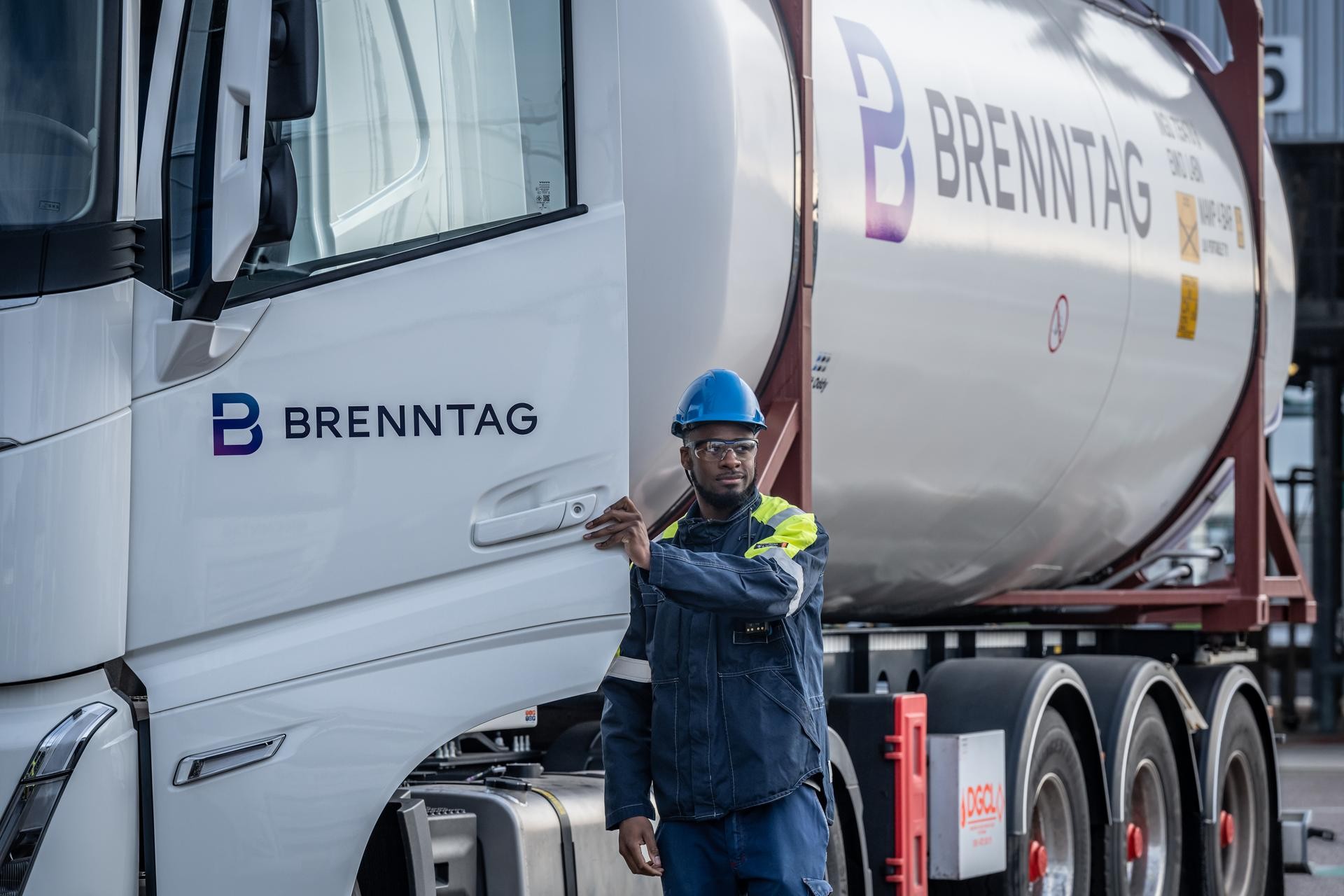
Brenntag amends its structure
Submitted by:
Andrew Warmington
Brenntag has detailed a planned “strategic transformation and growth path”, including updated mid-term targets, at a Capital Markets Day in London. Among other things this will see “the further operational and legal disentanglement” of Brenntag Essentials and Brenntag Specialties, though not the full separation some shareholders had been demanding.
With ‘Advanced Operating Model’, which goes live in January 2024, there will be a new governance and steering structure of the divisions via divisional CEOs and executive committees. Some functions and responsibilities will be shifted to the divisions for autonomous business steering, supported by a slimmed-down corporate centre. The divisions will also have dedicated legal entity structures.
All pharma activities will be transferred to Brenntag Specialties, while the water treatment and finished lubricants business, plus some other semi-speciality products will move in the opposite direction. Brenntag said that this will “sharpen the divisional profiles aligned with specific customer and supplier needs and increase the coherence within the division regarding the business model and the product portfolio”.
As a result, Brenntag Specialties will account for 30% of the gross profits with an increased conversion ratio of 38-40%. It will switch from a regional segment reporting reporting in two global industry segments, Life Science and Material Science, which mainly addressing the pharma, nutrition, beauty and care, and material science sectors.
The division’s mid-term financial targets are an annual organic operating gross profit growth of 5-7% and 7-9% in organic operating EBITA growth from 2023 to 2027, and an operating EBITA conversion ratio of 43-45% by 2027. Its improvement plan is based on five ‘performance levers’:
* Price & margin management
* Cost-out & efficiency improvements
* Portfolio management and strategic portfolio choices
* Value-added services
* M&A
The group as a whole expects to grow its organic gross profits by 4-7%/year, its organic EBITA by 7-9%/year, and to achieve a conversion ratio of 35-37% by 2027. The cost measures it is taking now are expected to be about €300 million/year by 2027. It will spend about €250 million on the programme and to implement a harmonised ERP system, plus €450-650 to achieve the cost reductions and the disentanglement.
